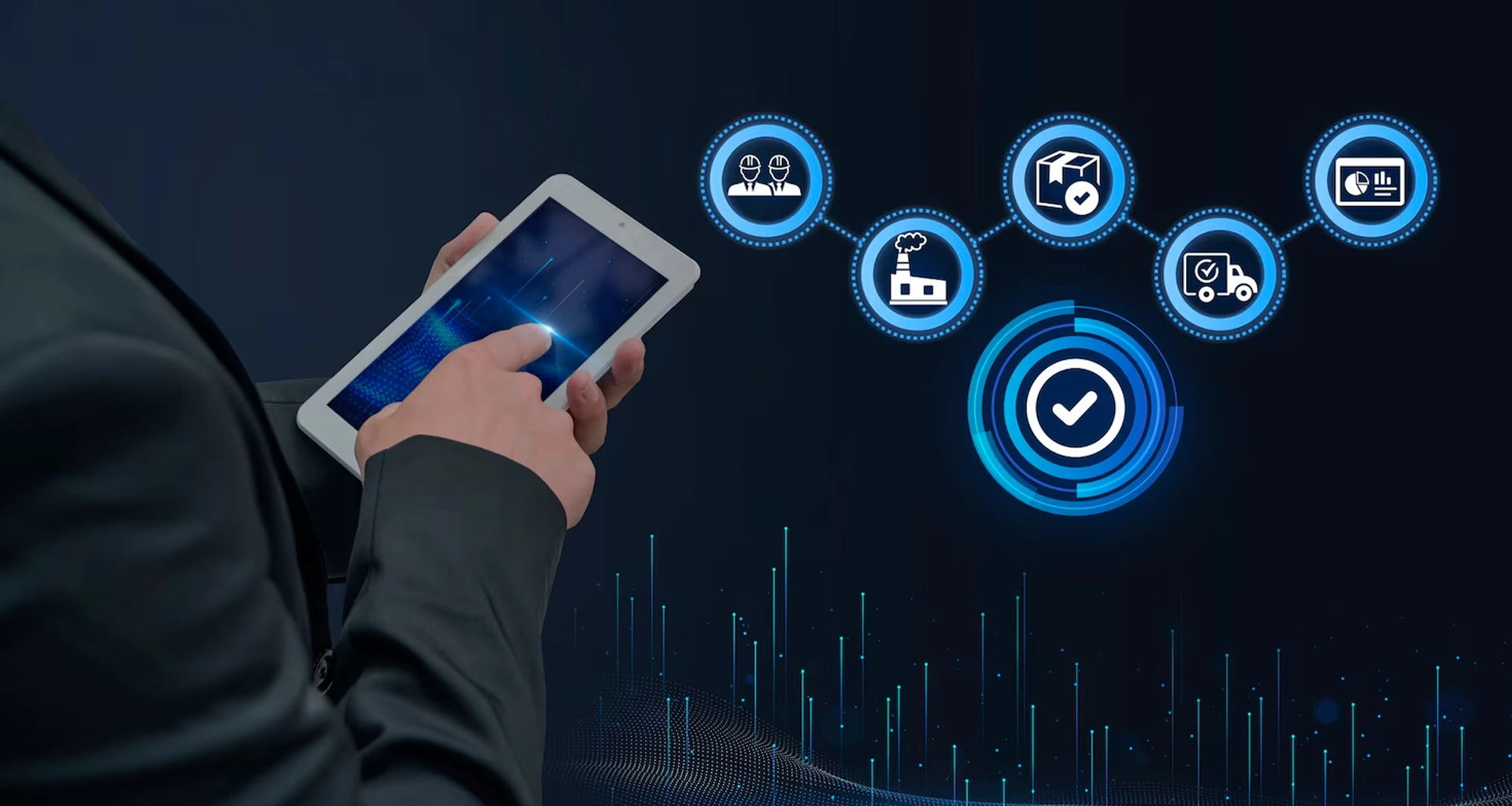A mid-sized electronics retailer grappled with misaligned forecasts, leading to overstocked warehouses and missed sales. Embracing Digital IBP, they unified planning across teams, streamlining inventory and boosting profits. This story underscores the power of IBP digitization in today’s volatile markets. By integrating data and technology, businesses align strategy with execution, navigating disruptions like demand swings or supply delays. Without digital tools, companies risk inefficiencies and lost opportunities. Let’s dive into how Digital IBP revolutionizes supply chains for agility and growth.
What Is Digital IBP and Why It Matters Today?
Digital IBP (Integrated Business Planning) is a strategic process that leverages advanced technologies like AI, analytics, and cloud platforms to align business functions—sales, finance, supply chain, and operations—toward common goals. Evolving from traditional IBP, it uses real-time data and automation to enhance decision-making. For example, a beverage brand used digital tools to adjust forecasts during a supply shortage, minimizing losses. Its urgency grows as global disruptions, like trade shifts, demand agility. In 2024, 85% of supply chain leaders adopted digital planning for resilience (Gartner). Unlike siloed planning, IBP digitization ensures transparency and speed, making it vital for staying competitive in dynamic markets.
How IBP Digitization Aligns Strategy, Planning, and Execution
IBP digitization unifies critical business functions under a single digital framework, ensuring seamless alignment:
- Sales: Real-time demand insights drive accurate forecasts. An apparel retailer adjusted promotions using digital IBP data.
- Finance: Budgets align with operational plans. A tech firm synced financial goals with supply chain capacity.
- Supply Chain: Inventory and logistics optimize based on demand. A food brand reduced stockouts with integrated planning.
- Operations: Production schedules reflect market needs. A manufacturer streamlined output with digital coordination.
By connecting these functions, digital IBP creates a cohesive strategy, enabling rapid responses to market changes. Collaborative platforms foster cross-team communication, while analytics provide visibility into performance. This alignment eliminates disconnects, ensuring plans translate into actionable outcomes, enhancing efficiency and profitability across the enterprise.
Key Elements of a Digitally Integrated IBP Model
A robust Digital IBP model rests on four pillars:
- Real-Time Data Sharing: Unified data platforms ensure instant access. A cosmetics firm used shared data to align production with sales trends.
- Scenario Modeling: Simulates outcomes for planning. A logistics provider tested supply disruption scenarios, minimizing risks.
- Cross-Functional Collaboration: Digital tools connect teams. An electronics retailer unified marketing and supply chain strategies.
- Predictive Insights: AI forecasts trends. A grocery chain anticipated demand spikes, optimizing inventory.
These elements enable proactive decision-making, integrating operations with strategic goals. By leveraging cloud-based systems and analytics, businesses gain agility and transparency, transforming planning into a dynamic, responsive process that drives success.
Benefits of Shifting to Digital IBP in Modern Enterprises
IBP digitization delivers transformative advantages:
- Improved Forecasting: AI-driven insights enhance accuracy. A furniture retailer reduced overstock with precise demand predictions.
- Better Alignment: Unified plans sync teams. A pharma company aligned R&D with market needs.
- Faster Response: Real-time data speeds decisions. A beverage firm adjusted to supply delays swiftly.
- Informed Decision-Making: Analytics provide clarity. An apparel brand optimized pricing using market insights.
These benefits drive efficiency, reduce costs, and boost customer satisfaction. Digital IBP enables enterprises to navigate volatility, from consumer shifts to global disruptions, ensuring resilience and competitive advantage in fast-paced markets.
Common Challenges in IBP Digitization and How to Overcome Them
Digital IBP adoption faces hurdles, with solutions:
- Legacy Systems: Outdated platforms hinder integration. A retailer phased in cloud tools for compatibility.
- Data Silos: Fragmented data blocks insights. A manufacturer unified databases for holistic views.
- Change Resistance: Teams resist new processes. A logistics firm trained staff on digital benefits.
- Talent Gaps: Skill shortages slow progress. A tech company upskilled employees in analytics.
Strategies like phased rollouts, training, and integrated platforms mitigate these challenges, ensuring smooth transitions and maximizing IBP digitization value.
Unlocking Business Agility with Digital IBP
Digital IBP transforms supply chains by aligning strategy, planning, and execution. It drives agility, efficiency, and informed decisions, helping businesses thrive in volatile markets. In 2024, 80% of enterprises using digital planning improved resilience. Explore solutions like 3SC Supply Chain’s S&OP & Planning Platform at 3scsupplychain.com or email contact@3scsupplychain.com.

